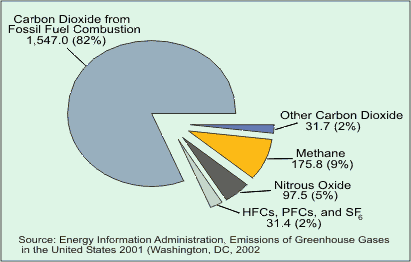Above is a graphic showing how the Federal reserve is set up. There are many organizations involved in the Federal Reserve, and the important thing to take away is that these organizations work together to establish monetary policy for the United States. The Board of Governors is the national level of the Federal Reserve. Ben Bernanke is the chairman of this board. There are also regional Federal Reserve Banks, which have headquarters in specific cities around the country, as you can see below.
Now, the Federal Reserve has no power over fiscal policy, which is the manipulation of taxation and expenditure to promote low unemployment and low inflation. While the desired end result is the same, the power over Fiscal Policy resides mostly with Congress and the President. What the federal Reserve can do is adjust the amount of money in the economy to promote growth (easy money) or low inflation (tight money).
For example, with an easy money policy, the Federal Reserve will allow the interest rates it charges to other banks to lower. This effectively lowers the cost of money. Money has a cost? one might ask. In a practical sense, it does. The cost of buying money in the form of a loan is the amount you pay in interest. By lowering interest rates, it is more attractive to buy money. Accordingly more people will get loans and more people will be spending that money, fueling the economy.
Tight Money Policy, on the other hand, raises interest rates, causing the price of money to rise and less people to borrow money. This seems like limiting the economy, and in effect, it is. In some cases, especially when there is high inflation, it becomes necessary to slow the economy down by making sure there is less money out in the economy. The Fed does this by employing a tight money policy.
As you can see above, in an easy money policy, more money is put into the economy, as the name would suggest. Here, the Fed spends money to buy bonds and securities held by citizens, providing them with money to increase the money supply. In tight money policy, the Fed sells these same bonds and securities, which people pay for with cash, taking that money out of the money supply. These operations are performed and adopted by the aptly named Federal Open Market committee (see above).
 |
| Steelers QB: not the real Big Ben |
 |
| Big Ben Bernanke |
It is important to understand how the Federal reserve works, especially since we discuss using fiscal policy (taxation and spending) to fix our nation's budget problems. We must coordinate our economic efforts, using both monetary and fiscal policy together, not against each other, to get our economy back on track.

























